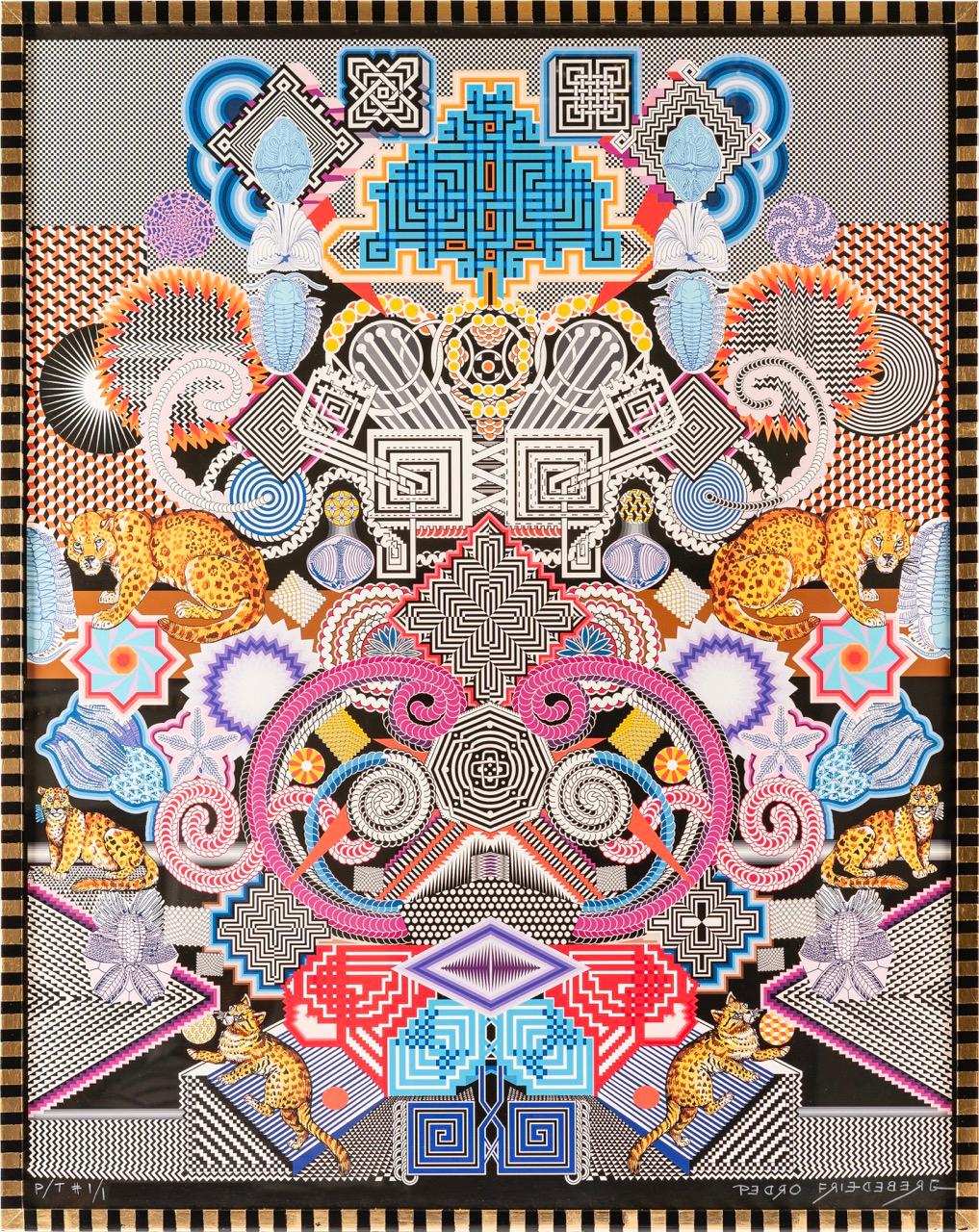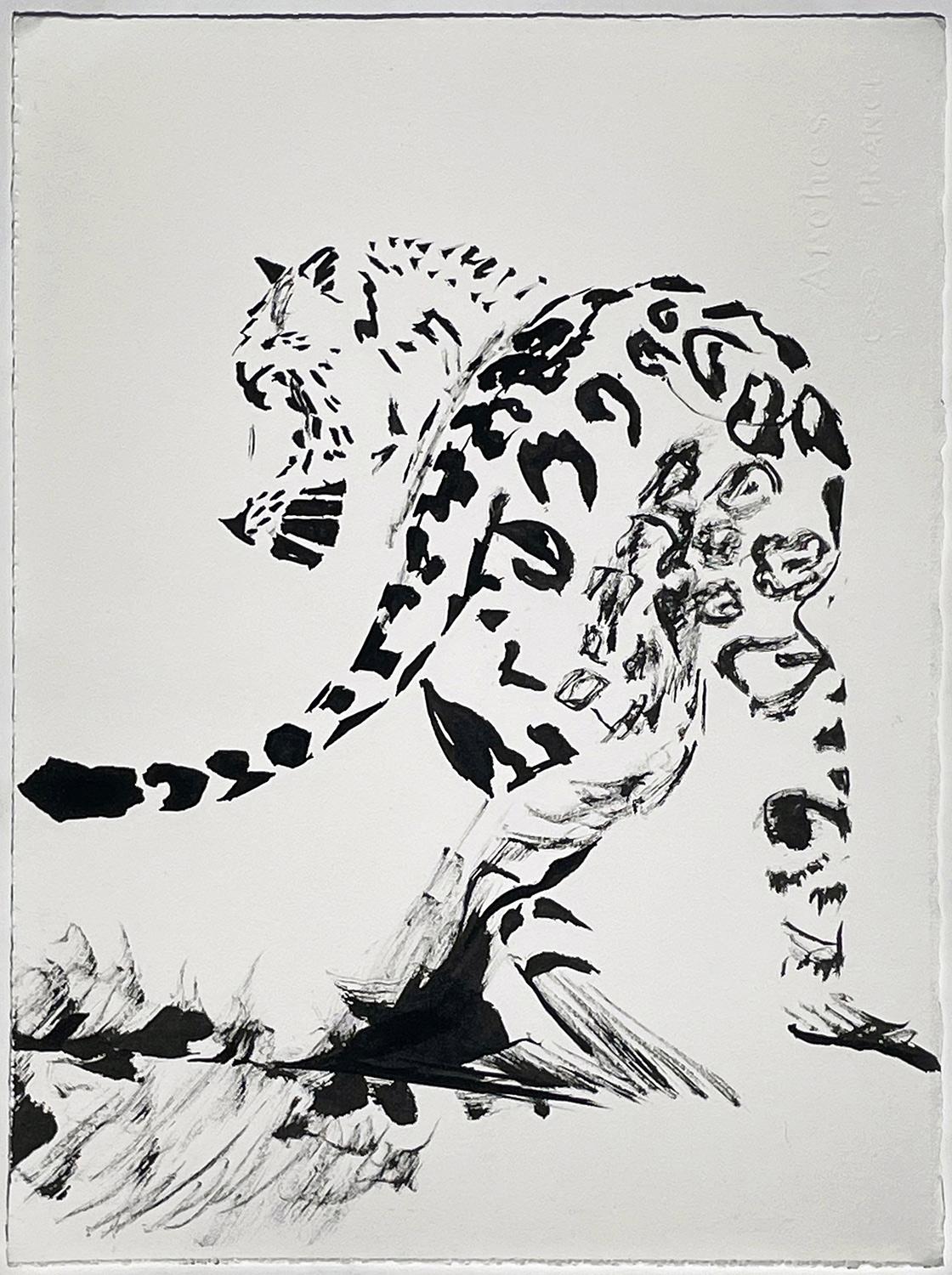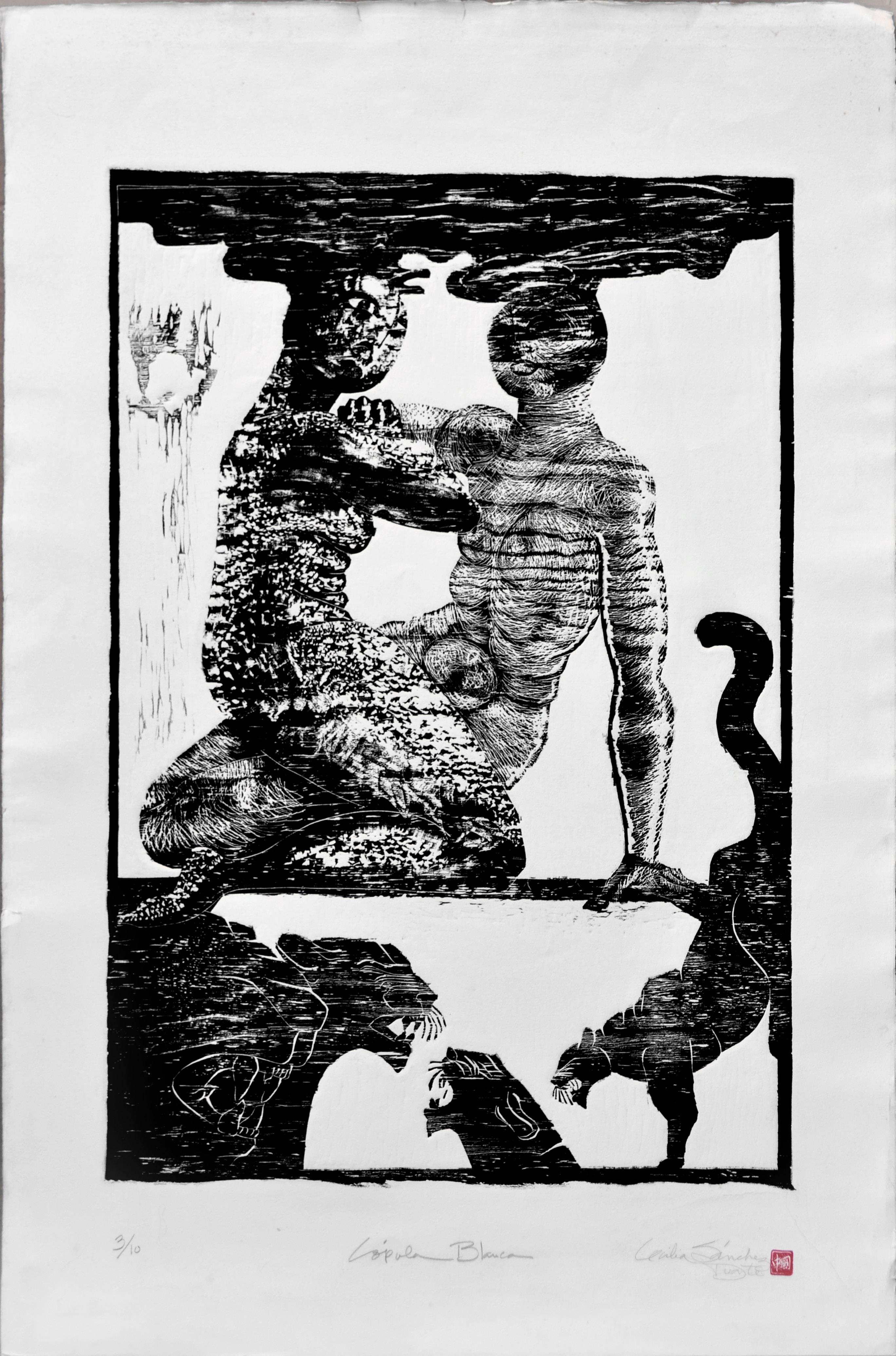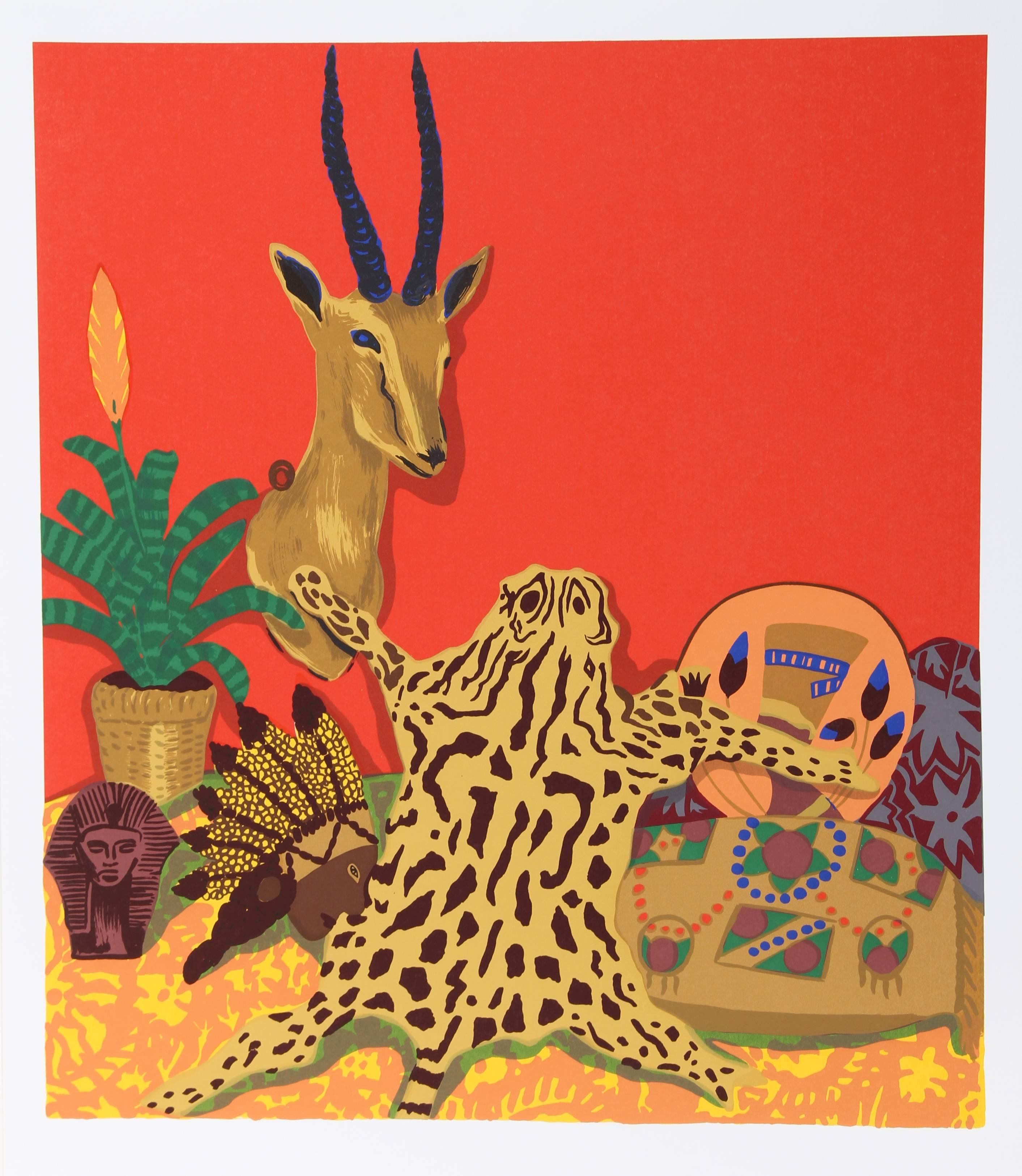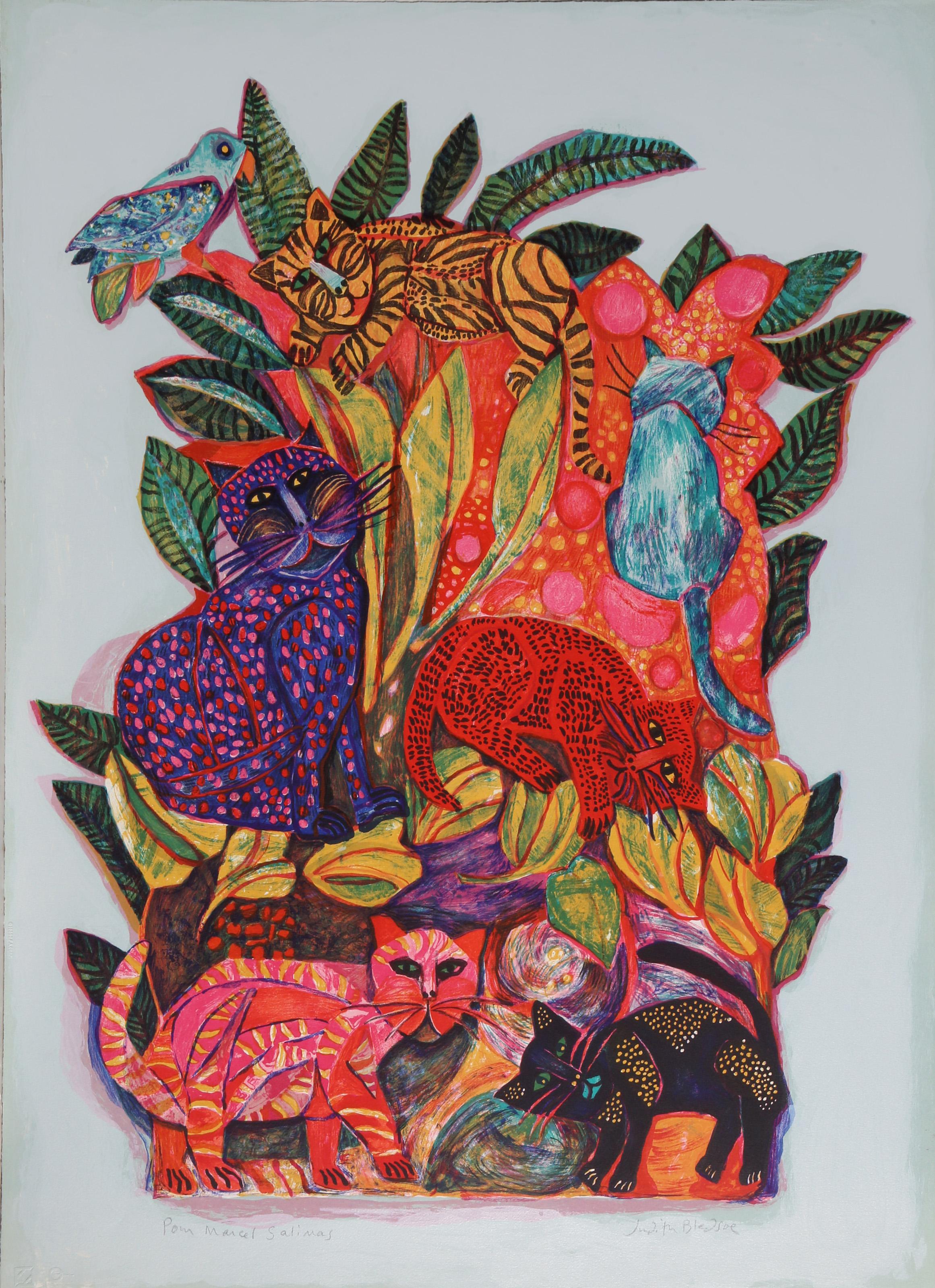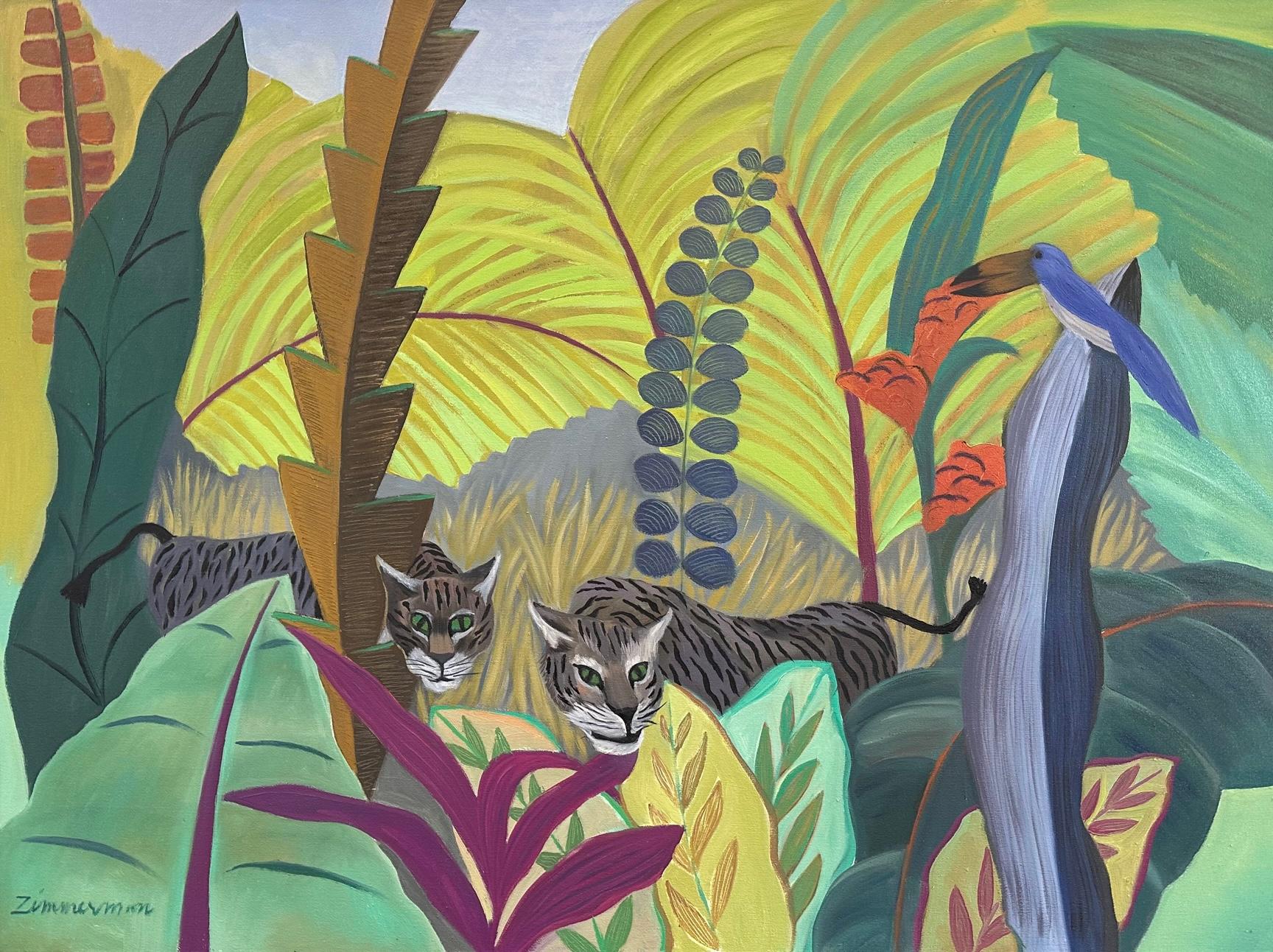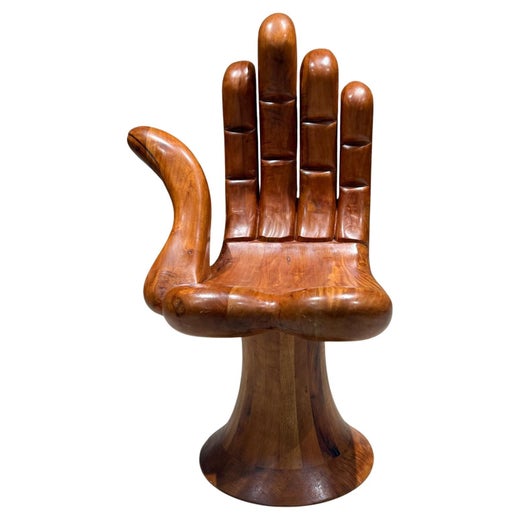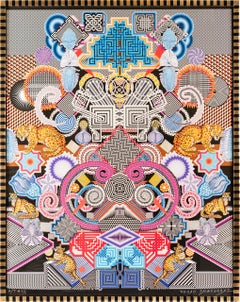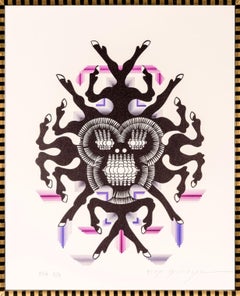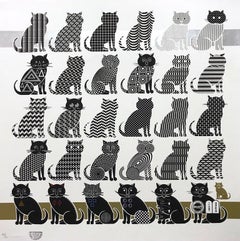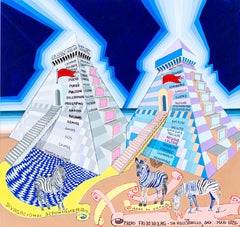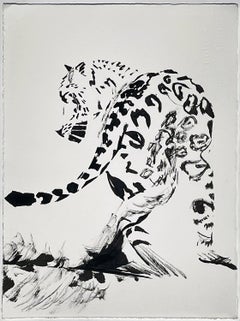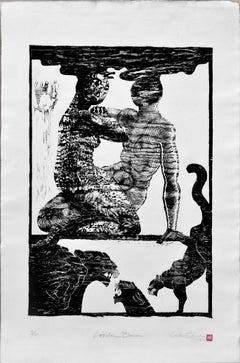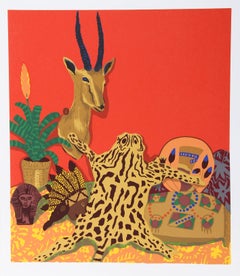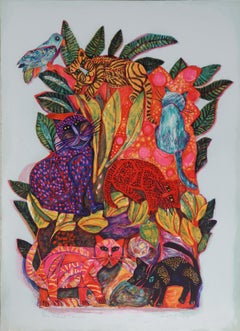Pedro Friedeberg"Jaguares II" Jaguars, contemporary, surrealist print, nature, green, Friedeberg2023
2023
About the Item
- Creator:Pedro Friedeberg (1936, Mexican)
- Creation Year:2023
- Dimensions:Height: 28.35 in (72 cm)Width: 23.63 in (60 cm)
- More Editions & Sizes:60, Edition of 60Price: $2,000
- Medium:
- Movement & Style:
- Period:
- Framing:Framing Options Available
- Condition:
- Gallery Location:Ciudad de México, MX
- Reference Number:1stDibs: LU2072212553742
Pedro Friedeberg
The sculptor and painter Pedro Friedeberg works in a richly detailed, Surrealist and eccentric artistic style that blends influences from neoclassical art, M.C. Escher and native Mesoamerican symbolism. He is best known for his Hand chair — a functional sculpture that is an icon of design-as-art.
Friedeberg was born in Florence to German parents and moved with his mother to Mexico at the outset of World War II. As a university student in Mexico City in the 1950s, he initially studied architecture, but his designs for fantastical buildings ran afoul of his rationalist, Bauhaus-oriented teachers.
By chance, Friedeberg’s drawings came to the attention of Mathias Goeritz, the German-born Dadaist painter and sculptor. He encouraged Friedeberg and made him a protégé. Friedeberg credits his mentor for instilling in him a fanatical attention to detail in his work. Friedeberg produced his first Hand chair in 1961, and has since created numerous iterations. He has also made several variants using other human limbs in different functional forms such as tables and clocks.
While Friedeberg’s sculptures have a gentle character that is sometimes described as spiritual, his paintings and prints are something entirely different. He employs deep perspective to create hypnotic, painstakingly rendered canvases that suggest rooms and cityscapes.
Whatever the medium, Friedeberg’s work is arresting and instantly recognizable. The Hand chair, though familiar, remains a captivating piece — both furniture and artwork — that stands apart in any interior. Examples are often priced between $20,000 and $30,000, depending on formal variations (such as a foot-shaped pedestal), material and condition. Smaller functional items such as tabletop clocks bring about $9,000. His paintings and drawings require space; they are meant to be contemplated. Prices on original examples start at about $30,000; prints generally sell in the region of $900.
As you will see on 1stDibs, the art and design of Pedro Friedeberg is singular and memorable.
- ShippingRetrieving quote...Shipping from: Ciudad de México, Mexico
- Return Policy
More From This Seller
View All21st Century and Contemporary Contemporary Figurative Prints
Digital, Ink
2010s Prints and Multiples
Engraving
2010s Surrealist Figurative Prints
Screen
21st Century and Contemporary Contemporary Figurative Prints
Cotton, Ink, Paper
2010s Surrealist Figurative Prints
Screen
2010s Contemporary Animal Prints
Engraving, Lithograph
You May Also Like
2010s Contemporary Animal Drawings and Watercolors
Sumi Ink, Rag Paper
1990s Folk Art Figurative Prints
Archival Paper, Woodcut
1980s Contemporary Still-life Prints
Screen
1970s Folk Art Prints and Multiples
Lithograph
2010s Contemporary Animal Paintings
Canvas, Oil
2010s Contemporary Animal Paintings
Canvas, Oil
